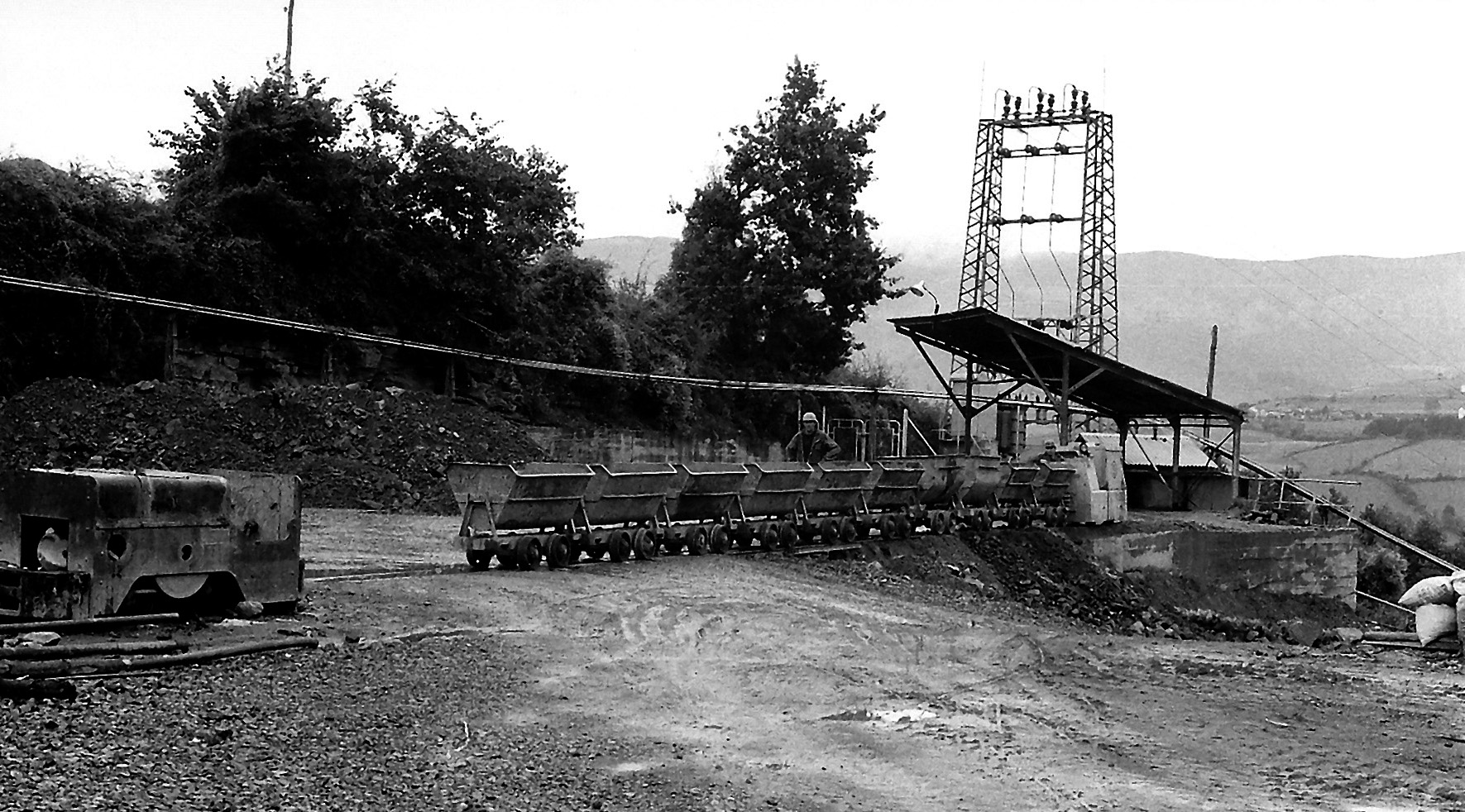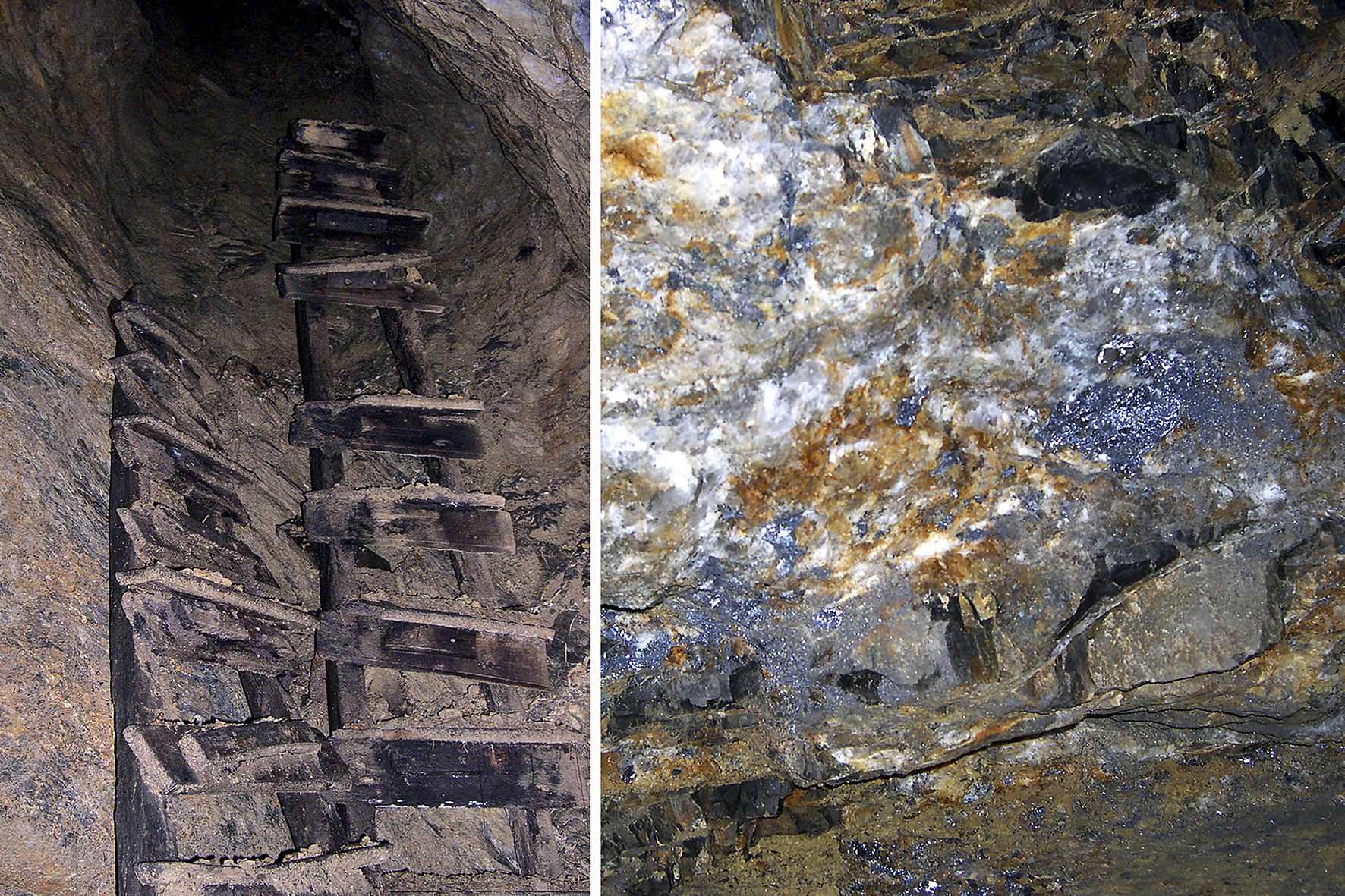Basque ethnography at a glance
Ángela is the name of an ancient mine situated in lands under the Matienzo council jurisdiction in the Valley of Carranza (Bizkaia) characterised by the presence of numerous sulphide ore deposits: galena (lead), sphalerite (zinc) and fluorite (fluorspar).
The earliest extraction activities took place between 1929 and 1931, reaching only shallow layers of galena. Starting in the 1940s to the end of 1964, the seams of lead were further exploited by the mining company Sierra de Gredos S.A. The construction of the shaft or main access tunnel up to a depth of 286 metres was undertaken for that purpose, the entrance to the mine being located in a spot known as Las Veneras half a kilometre away from the neighbourhood of Matienzo.
In 1965 the mining concession was granted to Ceminsa, an Asturias-based company, and the works continued until 1977, when the pit was finally closed due to the impossibility of a safe and efficient recovery of the mineral resources. The mining operations considerably intensified at this late stage. The dimensions of the mineshaft increased and expanded to 2000 metres. In order to remove the ore, horizontal or slightly inclined tunnels were excavated from there following the mostly weak veins.
The mining works were carried out on various fronts. An operator equipped with a pneumatic hammer drill to and a helper worked at each active face of the mine. Blast holes were drilled into the rock and baited with dynamite sticks connected to an electric detonator. Drilling and blasting caused the rock to break and collapse. Once brought up to the surface, the ore was hauled in wagons dragged by a small locomotive, diesel powered first and electric later. Waste rock was used to backfill some of the rooms and cavities exposed during the works underground.
In 1969 a wash place was installed close to the mine entrance for the dressing of the minerals. Run-of-mine ore was crushed and ground into a fine mix of mineral and waste material. The complex ore was transferred to the heavy-media preconcentration unit, where its useful components were separated by selective flotation to obtain concentrated lead, zinc and fluorspar. Such valuable concentrates were transported by road to different treatment sites: lead and zinc to the Real Compañía Asturiana factory on the Capuchinos peninsula in Errenteria (Gipuzkoa) and fluorspar to the Derivados del Flúor Ontón (Cantabria) plant.
Waste, gangue and chemical residues from ore processing were pumped into the decantation dam located a short distance from the dressing area.
Miguel Sabino Díaz – Etniker Bizkaia – Etniker Euskalerria Groups
Translated by Jaione Bilbao – Language Department – Labayru Fundazioa



